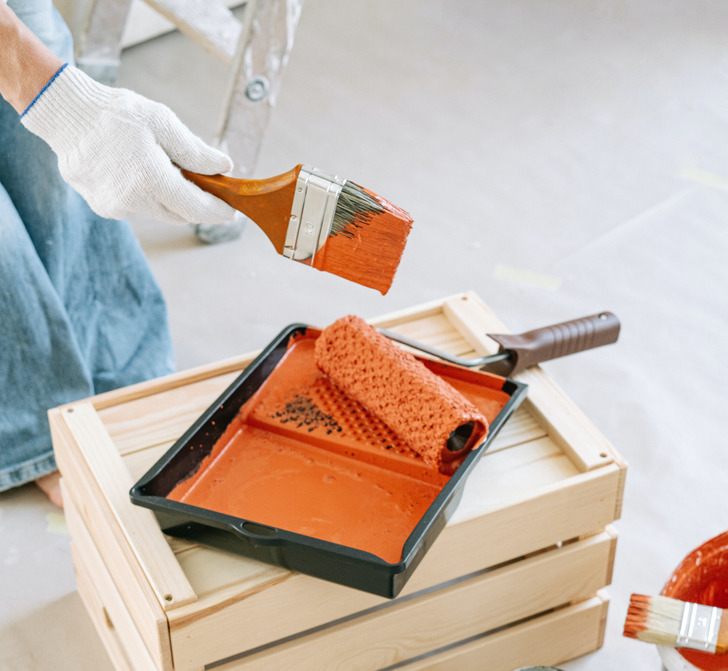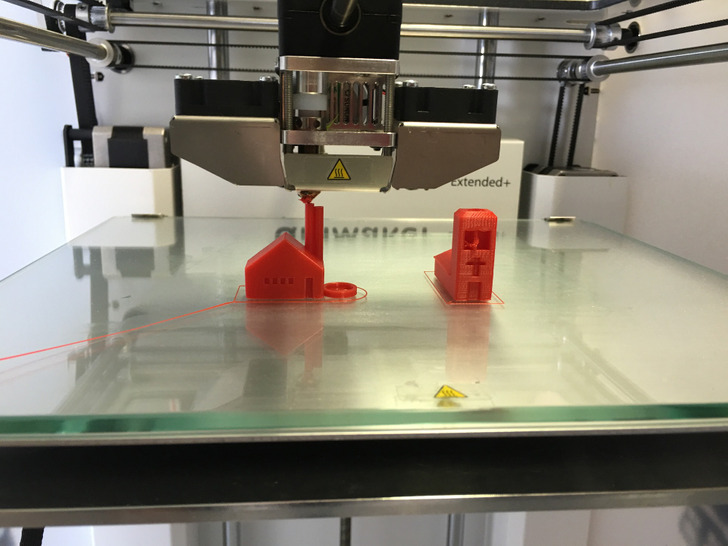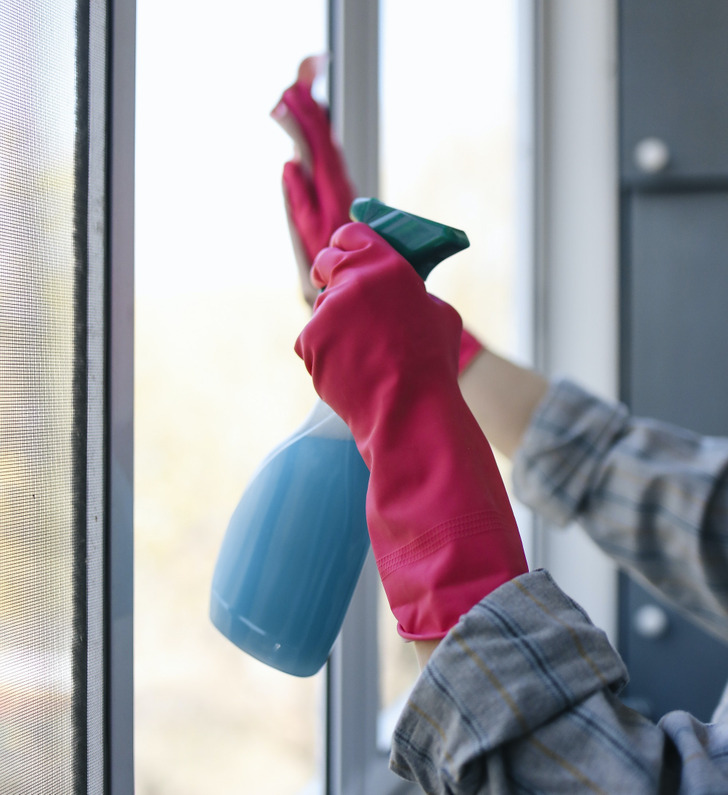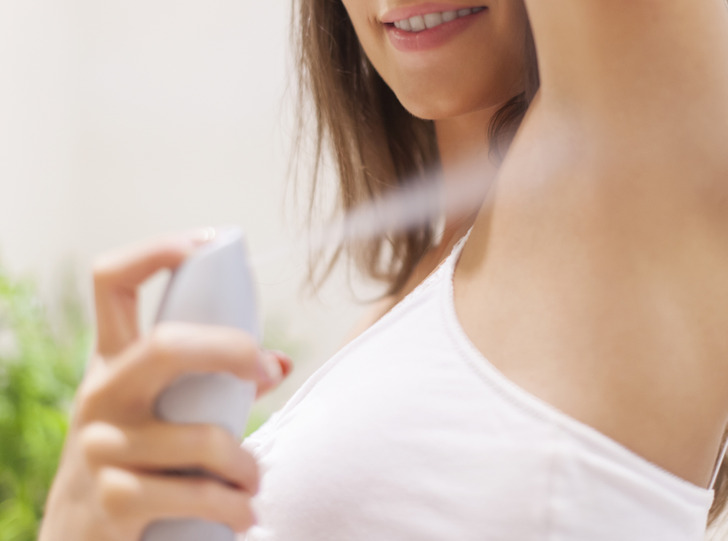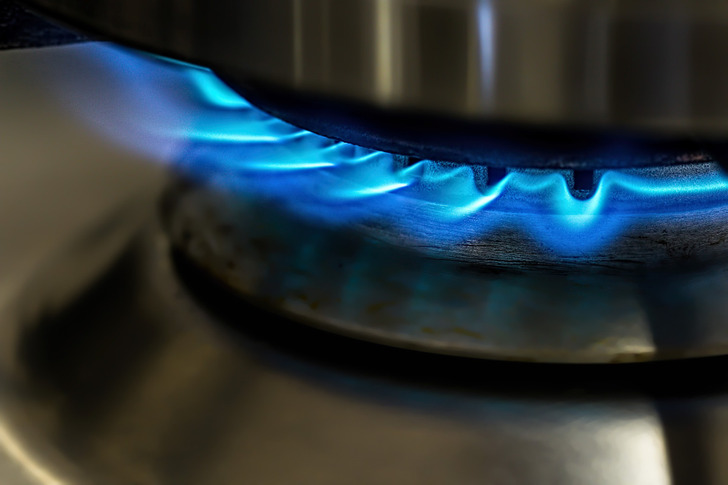10 Common Things That Can Pollute Your Home With Harmful Compounds
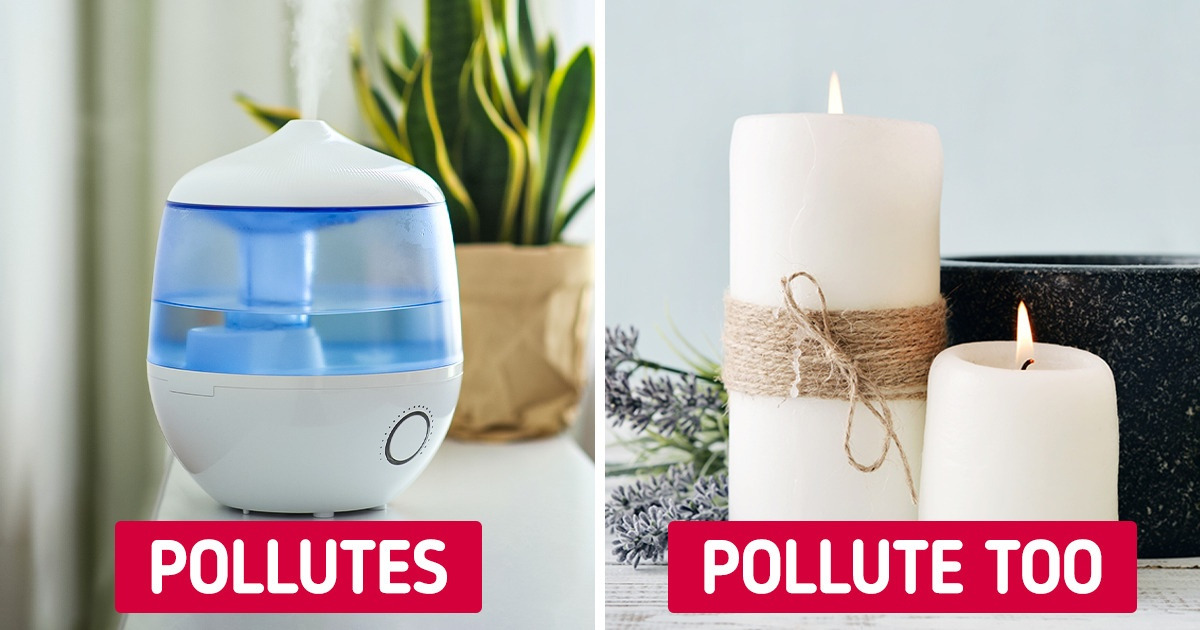
It’s no secret that air pollution has become a major environmental problem. However, when we think about this issue, we may not realize that it could be also happening inside our homes. What’s more, indoor pollution could result in serious problems, including heart disease, stroke, and asthma.
Today, we will tell you about 10 sneaky sources of indoor pollution that may be damaging the air inside your home.
❗Important: This article has been created for informative purposes only and does not replace professional advice. For more information on products that can pollute your home, we advise you to consult your local toxicology center.
1. Candles
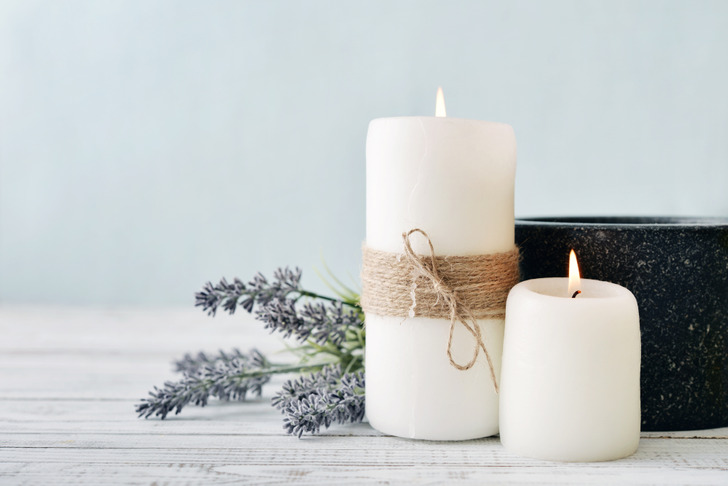
There’s no doubt that candles smell and look very nice. However, these decorative units are a source of thin particles that potentially contribute to the exposure to particulate matter in closed areas. This exposure is linked to inflammation in the lungs. Moreover, scented candles release formaldehyde, a harmful compound that can significantly affect the nasal cavities, the paranasal sinuses, and the nasopharynx.
Therefore, if you love candles, experts recommend opting for options that are made of soy or beeswax.
2. Air fresheners
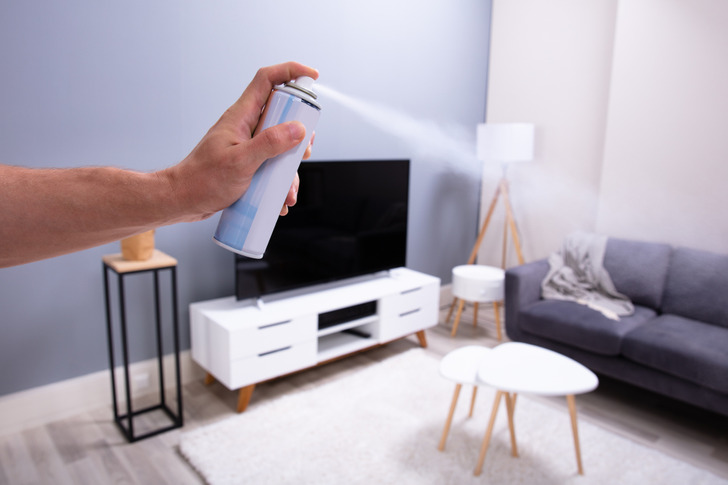
Air fresheners are an easy way to give your home a pleasant scent, but these products can release more than 100 different chemicals. A number of these compounds can react and create a whole new group of pollutants. This combination can cause asthma attacks, breathing problems, and migraines.
So, to keep the air within your home smelling nice and clean, experts suggest opening a window or using a fan. You may also want to look for air-cleaning plants.
3. Paint
4. 3D printers
3D printers have become really popular in the past few years. However, these devices can release toxic particles that could affect your lungs. At the same time, the plastic filaments in these machines get extremely hot, emitting even more harmful compounds.
Therefore, if you have a 3D printer at home, it’s advisable to run them in well-ventilated areas and stay away from them when they’re in use.
5. Humidifiers
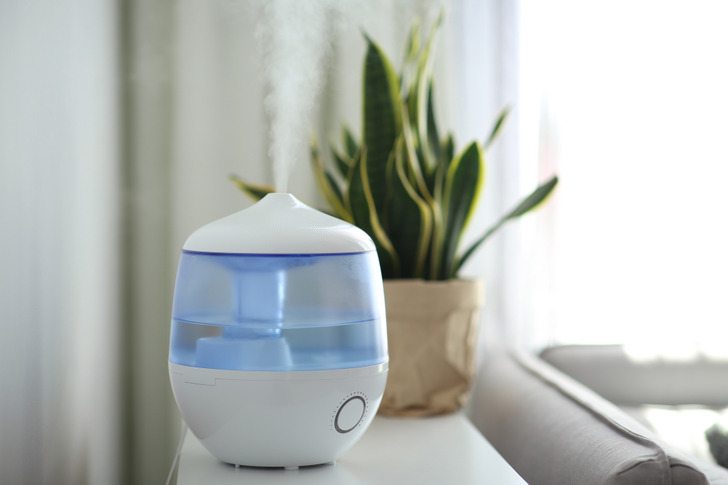
Humidifiers can be helpful when you want to have smooth skin during cold winter months. Nevertheless, experts advise keeping them below 50% humidity, as higher levels may encourage the formation of mold and the emergence of dust mites, which are both substantial origins of indoor allergens that lead to breathing issues.
At the same time, dirty humidifiers have been reported to emit bacteria and lead to health issues, so it’s important to keep these devices clean.
6. Carpets
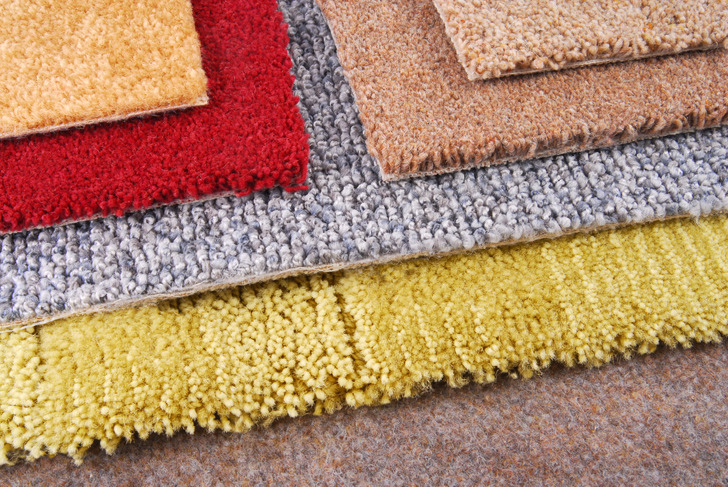
Carpets can absorb pollutants and allergens, including pet dander, dust mites, particle pollution, dirt, cockroach allergens, and mold spores. At the same time, toxic gases floating in the air can adhere to small particles that are trapped in carpets. These harmful pollutants can be released when vacuuming or even when walking on them.
Moreover, some types of carpets, carpet pads, and their adhesives may come with dangerous chemicals that can affect your health, as some of these have VOCs.
So, to avoid harmful compounds in carpets, opt for hard-surfaced flooring and removable rugs that can be cleaned outdoors.
7. Wood-burning fireplaces
There may be nothing like lighting a fire in your home to make it cozy, especially when it’s cold outside. However, this action can also contaminate the air, as burning wood and removing the ash may lead to high rates of carbon monoxide exposure and particular pollution.
At the same time, burning wood releases harmful emissions that can result in asthma attacks, wheezing, coughing, and other health issues.
8. Cleaning products
While you may enjoy that clean smell in your home, the cleaning products that have a strong scent are sources of VOCs in the air. For example, while you clean, the bleach in some household cleaners mixed with a common ingredient known as limonene can raise the amount of toxic airborne particles in your home.
Therefore, to decrease the levels of pollutants released by cleaning products, choose unscented supplies and opt for natural cleaning ingredients like baking soda or water and vinegar solutions.
9. Aerosol sprays
Aerosols in household supplies and personal care products not only pollute the air within your home, but they are also an important source of outdoor pollution. Research has found that aerosol sprays make up 50% of outdoor VOC emissions in industrialized cities.
So, to keep the air within your home as clean as possible and contribute to the environment, avoid using aerosol spray products whenever you can.
10. Stoves
The flame in gas stoves releases nitrogen oxide, which can be especially harmful to people with heart disease, asthma, and chronic obstructive pulmonary disease. Moreover, the action of cooking creates particles that pollute the air.
Therefore, make sure to get rid of these pollutants by running an exhaust fan or opening a window when cooking.
Do you know of any other things that pollute your home? How do you handle indoor pollution? Tell us in the comments!
